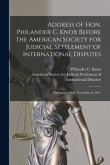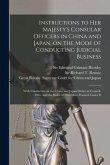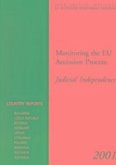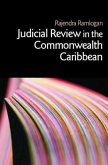This book examines three countries in Asia to determine why new democracies adopt judicial review.
New democracies around the world have adopted constitutional courts to oversee the operation of democratic politics. Where does judicial power come from, how does it develop in the early stages of democratic liberalization, and what political conditions support its expansion? This book answers these questions through an examination of three constitutional courts in Asia: Taiwan, Korea, and Mongolia. In a region that has traditionally viewed law as a tool of authoritarian rulers, constitutional courts in these three societies are becoming a real constraint on government. In contrast with conventional culturalist accounts, this book argues that the design and functioning of constitutional review are largely a function of politics and interests. Judicial review - the power of judges to rule an act of a legislature or national leader unconstitutional - is a solution to the problem of uncertainty in constitutional design. By providing 'insurance' to prospective electoral losers, judicial review can facilitate democracy.
Table of content:
Acknowledgements; Notes on usage; Introduction: the decline and fall of parliamentary sovereignty; 1. Why judicial review?; 2. Constituting judicial power; 3. Building judicial power; 4. Courts in new democracies; 5. Confucian constitutionalism? The grand justices of the Republic of China; 6. Distorting democracy? The constitutional court of Mongolia; 7. Rule by law or rule of law? The constitutional court of Korea; 8. Conclusion: comparing constitutional courts; Bibliography; Index.
New democracies around the world have adopted constitutional courts to oversee the operation of democratic politics. Where does judicial power come from, how does it develop in the early stages of democratic liberalization, and what political conditions support its expansion? This book answers these questions through an examination of three constitutional courts in Asia: Taiwan, Korea, and Mongolia. In a region that has traditionally viewed law as a tool of authoritarian rulers, constitutional courts in these three societies are becoming a real constraint on government. In contrast with conventional culturalist accounts, this book argues that the design and functioning of constitutional review are largely a function of politics and interests. Judicial review - the power of judges to rule an act of a legislature or national leader unconstitutional - is a solution to the problem of uncertainty in constitutional design. By providing 'insurance' to prospective electoral losers, judicial review can facilitate democracy.
Table of content:
Acknowledgements; Notes on usage; Introduction: the decline and fall of parliamentary sovereignty; 1. Why judicial review?; 2. Constituting judicial power; 3. Building judicial power; 4. Courts in new democracies; 5. Confucian constitutionalism? The grand justices of the Republic of China; 6. Distorting democracy? The constitutional court of Mongolia; 7. Rule by law or rule of law? The constitutional court of Korea; 8. Conclusion: comparing constitutional courts; Bibliography; Index.








